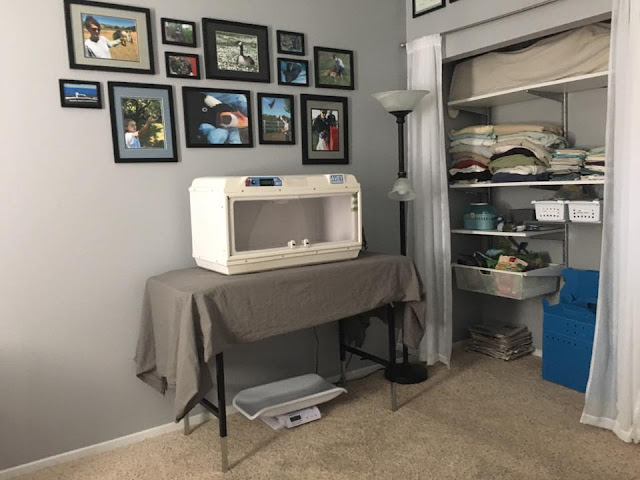By Deanna Barth, WES San Benito
I received a call from a Ridgemark community resident around 6pm tonight. Her husband had rescued a duckling from the middle of the road.
When I arrived to the home I was quickly invited in and shown the lone duckling, peeking out from a large box with a heat lamp on it.
The duckling was bright and alert, vocalizing and trying desperately to jump out. No sign of injury. Likely, it had just recently become separated from its mother and siblings.
I explained that it's always best for healthy young to remain with "mom," but that if she couldn't be found, the duckling would be taken to a wildlife hospital for care.
Knowing hens walk their babies to the nearest body of water, I thought I'd check the closest pond. I placed the duckling inside my carrier and drove down the street to the nearest pond, which was on a golf course.
From a distance I could only see Canada geese, but as I moved towards the water, a Mallard drake flew in low and landed in the center of the pond. I watched and waited... and from the corner of the embankment I heard peeping and a hen swam out to either greet the male or chase him off. Trailing behind her were seven ducklings the same age as the one in my possession. Yes!
I grabbed up the little duckling and kneeled, and as the hen swam by in front of me I let the little one go (bottom right corner of photo) - it quickly joined up with the group.
Happy reunion!





